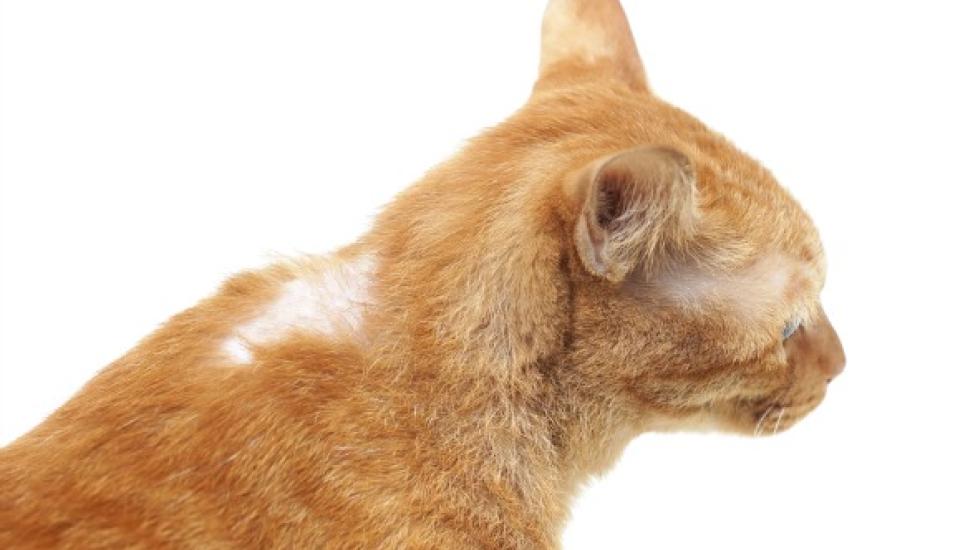Hair Loss Related to Cancer in Cats
Feline Paraneoplastic Alopecia in Cats
Feline paraneoplastic alopecia is a cancer related skin condition. This condition is rare, and generally is a sign of internal tumors. While the link between skin lesions and cancer is unknown, most cats with paraneoplastic alopecia have pancreatic cancer. By the time the skin lesions appear, the cancer may have already spread to other areas (metastasized).
Because this condition is linked to cancer, many parts of the body are affected. There is the initial tumor and any additional cancer that has spread internally, and externally; the skin will then display lesions and cats will lose hair. Weight can also be affected, with some animals refusing to eat (anorexia).
This condition is not linked to a specific breed. Age does appear to be a factor, as the majority of cases seen are between nine and sixteen years of age, with an average age of 12.5 years.
Symptoms and Types
There are several symptoms that may be noticed by owners. Individually, the symptoms may be dismissed. But when seen in combination, a visit to the veterinarian should take place quickly. Excessive shedding is common and may be observed, as well as itching and more frequent grooming. A decrease in appetite and weight loss are also signs of a problem. Some cats will develop painful cracks on the pads of their feet and resist walking because of them.
A physical examination will likely involve checking the extent of hair loss, as well as how easily hair falls out. There may be gray spots in the areas of hair loss. The outermost layer of the skin will be examined to determine if it peels. Additionally, the veterinarian will probably check the cat’s footpads for cracks.
Causes
In the vast majority of cases of cats that exhibit paraneoplastic alopecia, the condition is caused by, or at least linked to, cancer of the pancreas (other cancers are possible as well).
Diagnosis
There are many other potential causes of the skin lesions including Cushing’s Disease (hyperadrenocorticism), thyroid disease (hyperthyroidism/hypothyroidism), symmetrical hair loss (alopecia), mange (demodicosis), fungal infection (dermatophytosis), skin fragility syndrome, and others. Due to the wide range of possibilities, it is imperative that your cat be seen by a veterinarian.
Some of the above illnesses can be diagnosed with a simple physical exam, while others require further testing. Endocrine analysis, skin scrapings, biopsies, and ultrasounds are some of the tests that may be employed. These tests will check for cancer and will either confirm or refute the possibility of a different condition.
Treatment
While removal of the tumor is a good step, it may not cure the cat as, in many cases, the cancer has spread. Chemotherapy does not seem to help this condition due to the advanced nature of the disease.
Living and Management
In cases where the animal is terminally ill, the owner can make the animal’s remaining days as comfortable as possible. This generally includes changing their diet to a more healthy alternative. In some cases, the cat may need to be tube fed as well. Unfortunately, death is likely to occur within 20 weeks from the appearance of the skin lesions.
